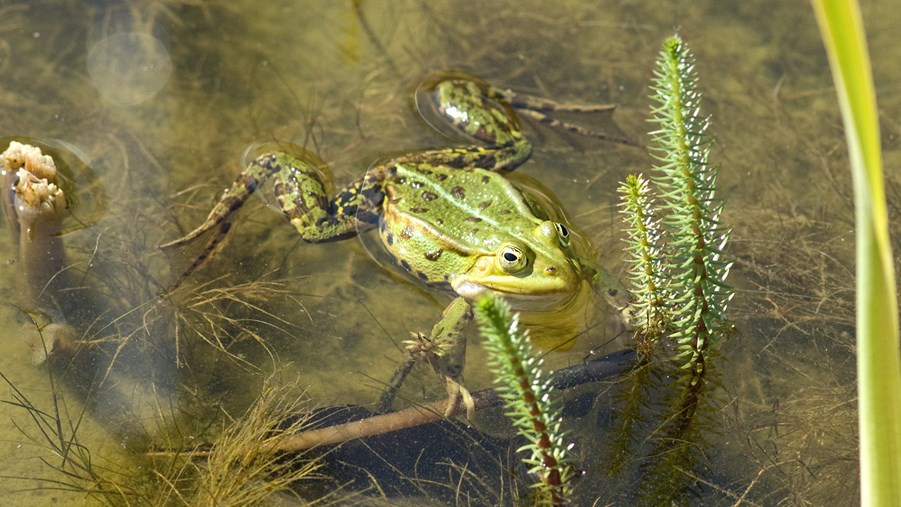
Rewetting wetlands is often mentioned in national, EU and global efforts to reduce carbon emissions, but also to improve biodiversity. COP 15 in Canada will address biodiversity globally, but most of the practical work will have to be done locally. The Swedish forest-based company SCA shows us how rewetting peatlands looks like in practice.
"We see that our climate benefit is even larger by working with rewetting wetlands, but closing old ditches and raising the water level over larger areas also benefits, for example, wading birds. It is also important to see the ecosystem services of the regenerated wetlands in a larger perspective. For example, the water quality downstream is improved, which helps the river pearl mussel that needs clean water. Larger areas of wet ground create fire curtains in dry years and can receive large amounts of water during torrential downpours. The benefits of rewetting are many more than reduced climate impact", says Anna Cabarjic, forest ecologist at SCA.
Large potential to rewet excavated peat lands
Rewetting of peatlands contributes to reducing climate emissions by stopping the decomposition of the carbon stored in the peat when the land is once again under water and contact with oxygen in the air is broken. And the potential to rewet ditched forest land is large. According to the Swedish Forest Agency, there are approximately 800,000 hectares of ditched forest land in Sweden, with at least a 30-centimeter-thick layer of peat. The climate benefit is greatest in the fertile land of southern Sweden and along the coast in the north.
"SCA has been working actively for a few years now to identify and implement rewetting projects on suitable land. Our ambition is to restore three wetlands per year. We want to do more, but the possibilities are limited due to a lack of knowledgeable contractors, but also because of extensive bureaucracy that makes it difficult to implement the projects in reasonable time. The regulations are there to deal with environmentally hazardous activities – not environmentally beneficial ones", says Anna Cabrajic.
The legal framework needs to be simpler
Closing ditches and restoring wetlands in Sweden is legally complicated. Several government authorities may be involved and even municipalities, depending on the size and nature of the project.
"It can take a few months if you're lucky, otherwise several years. It is welcome that the Swedish government invests in rewetting in the budget, but a simplification of the regulatory framework is also needed if we are to be able to increase the climate and environmental benefits at the rate that the ambitions require", says Anna Cabrajic.
A way to reach LULUCF and Nature Restoration targets
Rewetting is one of the measures highlighted as important for Sweden to reach its commitment to the EU to increase the carbon sink by 2030. It will likely also contribute to reaching the Nature Restoration targets once they are set.
"The example of SCA shows how the forest-based industry takes proactive initiatives that simultaneously benefit the climate and biodiversity. Legislation should clear the way for these efforts. For our industry to move ahead with more projects of this kind there needs to more trust in – and leeway for – actors who implement them locally", says Emma Berglund, Forest Director, EU and International, at Swedish Forest Industries Federation.
